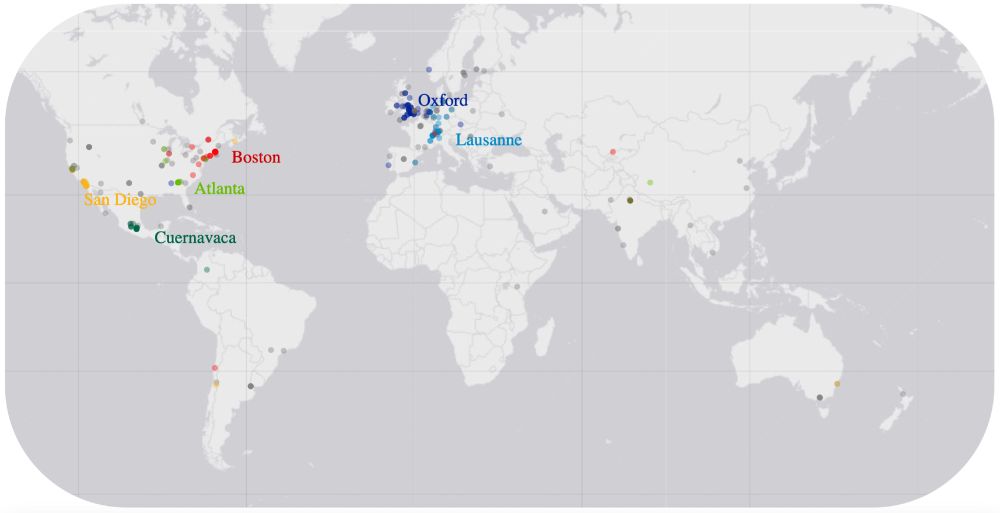Audrey Proença
@audreyproenca.bsky.social
180 followers
460 following
11 posts
Humboldt Research Fellow at Freie Universität Berlin studying bacterial aging and phenotypic heterogeneity
Posts
Media
Videos
Starter Packs
Audrey Proença
@audreyproenca.bsky.social
· Dec 18
Audrey Proença
@audreyproenca.bsky.social
· Jan 10




